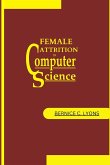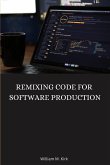Open-source software originated in the early days of computing, died out in the 1970s,and made a return in the mid-1980's. Since then, it has permeated into everyday life, been adopted by companies such as Microsoft which was originally a strong opponent of the idea, and is recognized to promote innovation. However, there is generally a lack of open-source solutions for civil engineering applications. As a result, students, researchers, and enthusiasts are limited to proprietary products or restricted educational versions of proprietary products, restricting learning and innovative capabilities of the industry. This study aims to identify the need for open-source tools within the structural discipline of civil engineering and introduce a general use structural analysis tool under an open-source license. This paper introduces the concept of opensource software and discusses its history, examines the development of software products for structural-civil engineering applications, and introduces Open Struct - a novel open-source structural analysis tool








